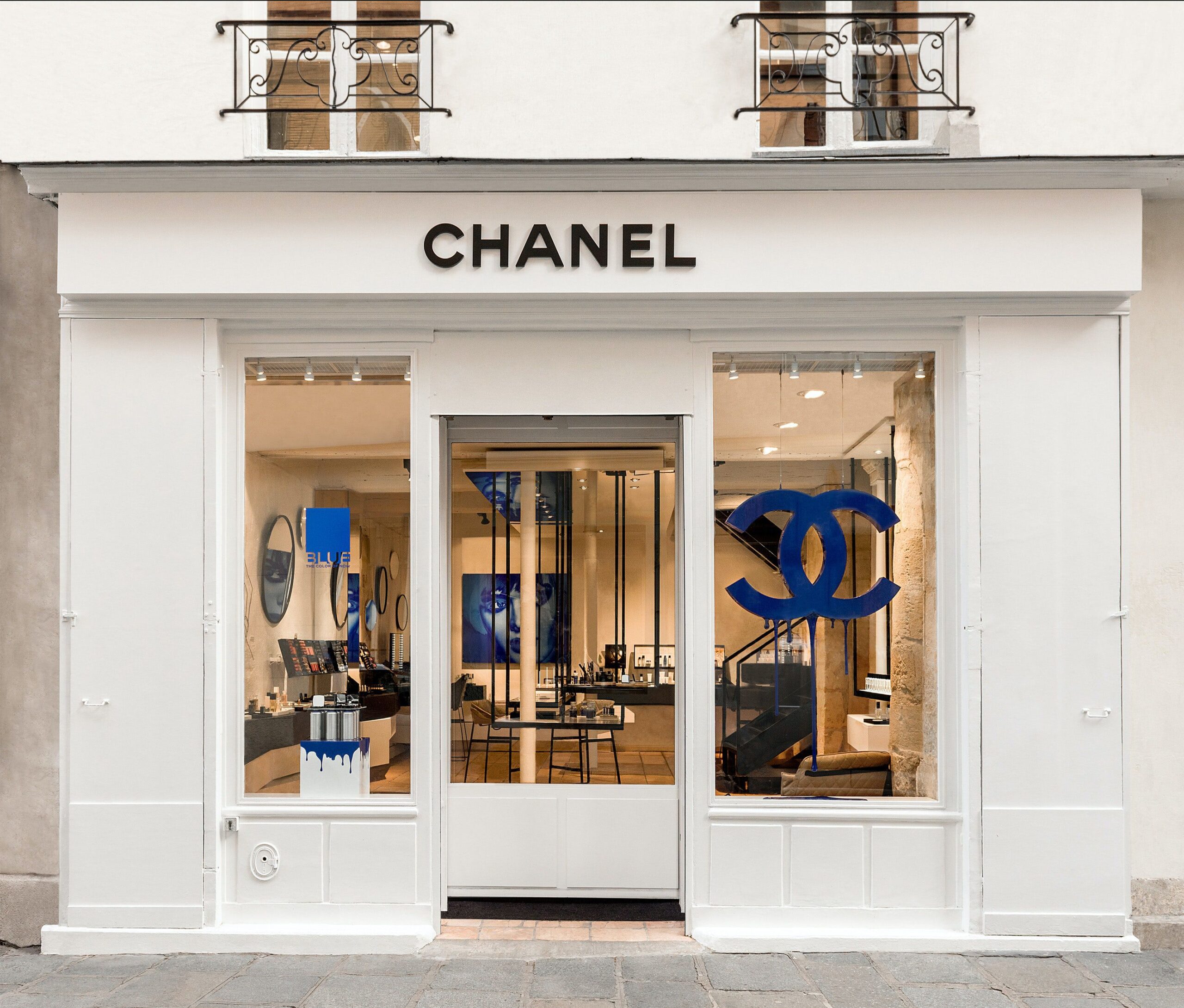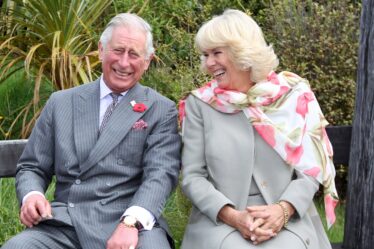
Chanel’s beauty and fragrance business, which has historically been dominated by wholesale, could become majority direct-to-consumer within a few years as the French luxury giant invests in e-commerce and rolls out more standalone cosmetics boutiques, chief financial officer Philippe Blondiaux said.
Chanel reported 2021 sales that surged 50 percent to $15.6 billion as high demand for its fashion, watches and jewellery drove a sharp rebound from the pandemic. Perfume and beauty sales were more muted as the category continued to suffer from the decline in travel retail, which made up as much 20 percent of the unit’s sales in 2019.
Still, the division—whose items include Chanel No. 5 perfume, Hydra Beauty cremes, and Les Beiges blush sticks—reported progress on a transition to direct channels that could see it gradually reduce its historic reliance on wholesale partners.
E-commerce sales jumped 32 percent for Chanel’s beauty and fragrance products, Blondiaux told BoF in an interview. Chanel also opened more than 50 standalone beauty boutiques last year.
“The direction is toward more of a direct-to-consumer business,” Blondiaux said. “[DTC] could represent the majority of our beauty business within a few years, though it depends on the region.”
While wholesalers like Sephora and Marrionaud remain very relevant in Europe, the share of wholesale in the US has fallen significantly, Blondiaux said. That’s could be due to the prevalence of e-commerce in the US market, as well as the decline of American department stores.
DTC models have found favour with investors in recent years as they can lead to higher margins, better client data, more frequent relationships with consumers, and—key for the luxury industry—stricter control over pricing.
While Chanel’s transition to direct-to-consumer is gathering pace, the company doesn’t see the model as an end in itself.
“What we’re aiming for is to have an omnichannel business,” Blondiaux said. “It’s about making sure that at each touchpoint, at each part of the consumer journey we can determine what clients are looking for. We want each channel to have its own identity, its own objectives, and to participate in a global omnichannel strategy.”



